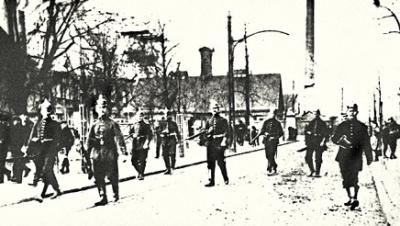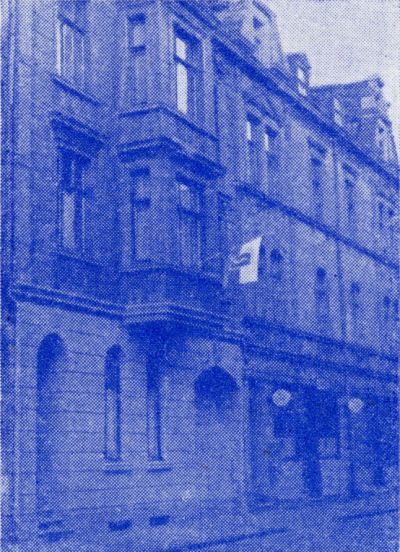The “Herne Polish Revolt” in 1899

However, the causes of the strike that got out of hand were much more complex than simply blaming the increase in member contributions to the miners’ welfare fund and the rabble-rousing activity of a Socialist group that really had hardly any influence on the Ruhr Poles. The strike also cast a new light on the working and living conditions of the Polish migrants, whose numbers had drastically increased since the end of the 1880s, and highlighted the fact that they were lacking trade union representation. With the exception of some of the Polish-speaking economic migrants from Upper Silesia, who were experienced or trained miners when they arrived in the industrial region of Rhenish-Westphalia, the migrants from the eastern provinces of Prussia, most of whom were young, were right at the bottom of the workers’ hierarchy. The lack of language skills and the mental barriers made relations with the German-speaking workers much more difficult and they did not share the same interests. The existing trade unions, like the Alte Verband and the Trade Association of Christian Workers, neglected the Polish migrants. During the strike, the Trade Association published a call to its members stating that the Polish workers could hardly be classed as real miners. The existing trade unions did not provide clarification to the Polish workforce of the changes that had been made in terms of the wage contributions, nor did they stand up for the Prussian Poles when the so-called language paragraph came into force in Dortmund’s upper mining authority area in 1899. This paragraph dictated that, in future, the safety provisions in the plants and mines would only be posted in German – instead of safety, however, this meant new dangers for the majority of workers who were not proficient in German. In addition, the so-called “Prison Law” was being debated in the Reichstag at this time, the intention of which was to restrict the right to assemble and strike, which generally drove the workforce in the Prussian state to the barricades.
The events of 1899, and central amongst them the “Herne Polish Revolt”, triggered discussions within the Polish workforce and the circle of Polish intellectuals around “Wiarus Polski”. They debated the extent to which the Polish workers on the Rhine and on the Ruhr were represented at all by the existing trade unions and whether it was necessary for them to create their own trade union representation. Jan Brejski, politician and publisher of “Wiarus Polski”, was instrumental in pushing this idea through and turning it into reality by creating the Polish Professional Association (Zjednoczenie Zawodowe Polskie, ZZP) in 1902. Within just ten years, ZZP grew to become the third biggest trade union confederation in the whole of Germany. In 1912, the Bergarbeiterzentrale, which was headquartered in Bochum, had 30,000 of the country’s 70,000 members.
David Skrabania, November 2018
Literature:
Tenfelde, Klaus: Die „Krawalle von Herne“ im Jahre 1899 (Internationale wissenschaftliche Korrespondenz zur Geschichte der deutschen Arbeiterbewegung, 15. Jg. 1979, Heft 1), p. 71–104.
https://wiki.hv-her-wan.de/index.php?title=Herner_Aufstand_1899 [accessed on 28/10/2018].


